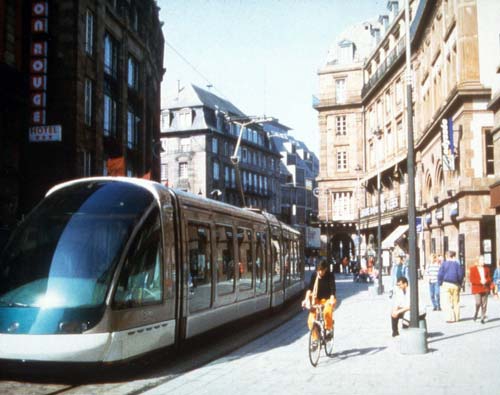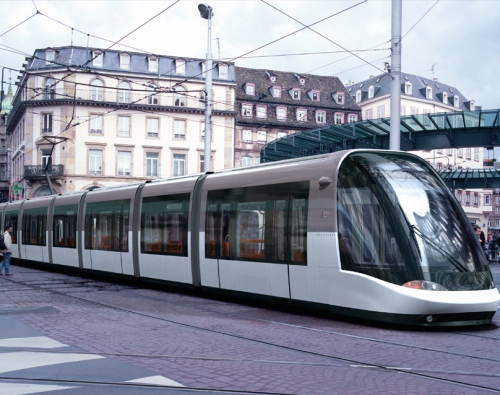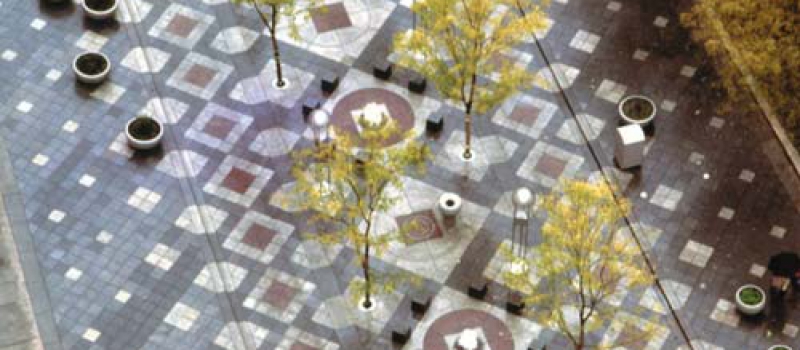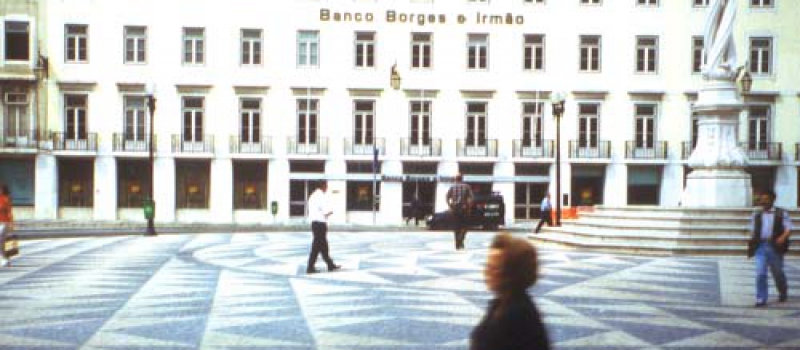Not all efforts to establish pedestrian streets have been successful. Where failures have occurred, these have generally been attributed to either an insufficiently dense population of potential patrons, inadequate or incompatible public transit within the zone, and/or indifferent design, maintenance, and promotion of the street.
Three key components:
- Sufficient numbers of pedestrians to populate the street: Not a problem for 42nd Street, where at least half a million people arrive by transit every day. In crowded cities like Tokyo and New York, when there have been even temporary bans on cars, there’s been no shortage of pedestrians to fill the void.
- Compatible local public transit: Light rail possesses some critical advantages—because the vehicles are non-polluting, quiet, and predictably channeled in their paths, they integrate well with the safe and relaxed atmosphere of the pedestrian street.
The most successful pedestrian streets tend, not surprisingly, to be those served by the permanence and high capacities of rail transit systems. In the larger cities these may include underground metros, often supplemented locally by light rail; in smaller cities light rail itself may serve as the metro, running at higher speeds on separated rights-of-way in outlying areas, but more slowly at grade within downtown auto-free zones as the hubs of regional networks. In Europe there are thriving examples of light rail/auto-free streets in Amsterdam, Heidelberg, Linz, Zürich, Bremen, Kassel, and Gothenburg. In the US they are found in Houston, Dallas, San Francisco, Sacramento, San Diego, Memphis and Portland.
- A high quality of design and maintenance of the street: An auto-free light rail boulevard on 42nd Street should be of a quality comparable to those in Rome, Vienna, Lisbon, and Zürich, attaining at least a degree of the ambiance that we see in the best pedestrian zones of Europe. New York deserves, and can achieve far better than a low-budget, minimum-standards public environment.
Denver’s 16th Mall—one of the most prosperous pedestrian streets in the US—was masterfully designed and constructed. Its visual attraction certainly accounts for much of the Mall’s financial success.
Portugal has invested a substantial amount of artistry, resources, and effort in the paving of its sidewalks and plazas. Throughout Lisbon, there is a common color pallet of paving stones, taken from the local quarries. Within the restraint of this pallet, a great variety of designs has been developed, creating a wonderful series of outdoor public spaces. A similar idea might be appropriate for 42nd Street — the paving of each block designed as a variation on, yet as an integral part of the whole.






